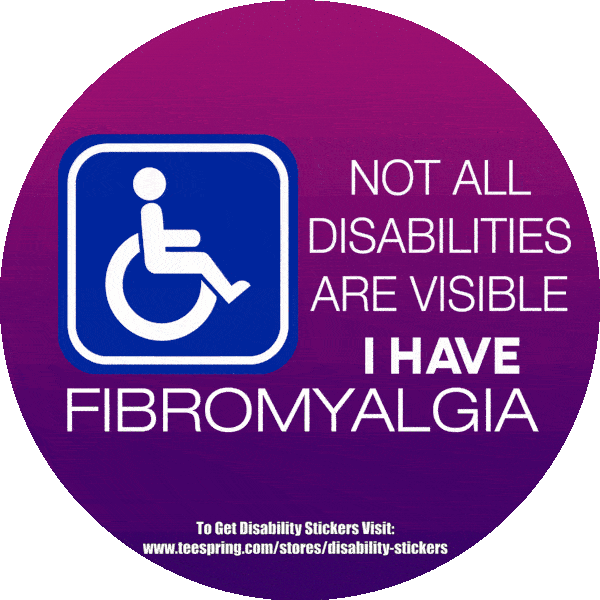Fibromyalgia syndrome (FMS) is now a recognized clinical entity causing chronic and disabling pain. For several centuries, muscle pains have been known as rheumatism and then as muscular rheumatism. The term fibrositis was coined by Gowers in 1904 and was not changed to fibromyalgia until 1976.
Smythe laid the foundation of modern FMS in 1972 by describing widespread pain and tender points. The first sleep electroencephalogram study was performed in 1975. The first controlled clinical study with validation of known symptoms and tender points was published in 1981.
This same study also proposed the first data-based criteria. The important concept that FMS and other similar conditions are interconnected was proposed in 1984. The first American College of Rheumatology criteria were published in 1990 and neurohormonal mechanisms with central sensitization were developed in the 1990s.
Serotonergic/norepinephric drugs were first shown to be effective in 1986.
In 1592, French physician Guillaume de Baillou introduced the term “rheumatism ” to describe musculoskeletal pain that didn’t originate from injury. This term included fibromyalgia. Doctors eventually, used the diagnosis “muscular rheumatism” for fibromyalgia
In 1815, Scottish surgeon William Balfour noted nodules or “Tender Points” And these “Tender Points” we’re eventually used to diagnose Fibromyalgia.
A few decades later (1800’s), French doctor Francios Valleix used the term “neuralgia” to describe referred pain of Fibromyalgia from tender points traveling along the nerves
In 1880, American Neurologist George William Beard coined the terms “neurasthenia” and “myelasthenia” to describe widespread pain and fatigue of Fibromyalgia
In 1904, British Neurologist Sir William Gowers, coined the term “fibrositis” for Fibromyalgia And Fibromyalgia was called “fibrositis” until 1975
In 1936, medical documents paper stated fibrositis was the most common form of severe chronic rheumatism. It also outlined fibrositis accounted for 60% of insurance cases for rheumatic disease in Britain
In 1949, a chapter on the condition fibrositis (Fibromyalgia) was included in the medical text book called “Arthritis and Allied Conditions.” It states: “There can no longer be any doubt concerning the existence of such a condition (Fibromyalgia)”
In 1968, The first diagnostic medical description of fibrositis (Fibromyalgia) was defined by Researcher Eugene F. Traut
In 1972, Researcher Hugh A. Smythe wrote a textbook chapter on fibrositis (Fibromyalgia) that had a far-reaching influence on future studies and led to him being called the “grandfather of modern fibromyalgia.” Hugh A. Smythe was the first to describe the widespread symptoms of Fibromyalgia, thus distinguishing it from myfascial pain syndrome
In 1976, While researchers made good progress in describing Fibromyalgia, they still hadn’t uncovered evidence of inflammation. Therefore the name “fibrositis” was renamed as Fibromyalgia: “fibro” meaning connective tissues, “my” meaning muscle, and “algia” meaning pain
In 1981, a study lead by Muhammed Yunus, confirmed widespread pain, fatigue and poor sleep were significantly more common in people with fibromyalgia those without Fibromyalgia; the number of tender points of Fibromyalgia was significantly greater; and that multiple other symptoms were significantly more common as well
Important medical advances include for Fibromyalgia included:
1984 – First study published linking higher fibromyalgia prevalence in those with rheumatoid arthritis
1985 – First controlled study of juvenile fibromyalgia was published
1990 – American College of Rheumatology establishes official diagnostic criteria for Fibromyalgia consisting of widespread pain and tenderness in at least 11 of 18 specific tender points, thus standardizing research inclusion criteria around the world
1991 – Fibromyalgia Impact Questionnaire developed for doctors to evaluate function
1992 – Discovery of low growth-hormone levels found in people with Fibromyalgia
1993 – Studies demonstrate central sensitization and HPA axis abnormalities in Fibromyalgia
1994 – Confirmation of elevated substance P (pain messenger) in cerebrospinal fluid in Fibromyalgia
1995 – First U.S. prevalence study shows fibromyalgia in 2% of the world’s population
1995 – First SPECT (brain imaging) showing abnormal blood-flow patterns in the brain in those with Fibromyalgia
1999 – First study demonstrating genetic component to explain why Fibromyalgia runs in families
2000 – Review of evidence in Fibromyalgia coins the term central sensitization syndromes
2005 – American Pain Society releases first guidelines for treating fibromyalgia pain
2007 – Lyrica (pregabalin) becomes first FDA-approved treatment in the U.S. (Cymbalta (duloxetine) and Savella (milnacipran) followed, in 2008 and 2009, respectively
2010 – American College of Rheumatology releases diagnostic criteria for Fibromyalgia using the questionnaires, WPI And SS Diagnostic Assessments for diagnosing and assessing the severity of Fibromyalgia
In 2012 the United States Social Security Administration determines Fibromyalgia is a life long chronic illness. Further, Fibromyalgia becomes federally protected under the Americans With Disabilities Act And meets the Criteria for FMLA or Family Medical Leave Act
In 2012 the first diagnostic blood test for Fibromyalgia, called “FM/a,” is developed by Epigentics and is FDA approved in the United States
In 2018, a second diagnostic blood test for Fibromyalgia, called “IsolateFibromyalgia,” is developed by iQuity Labs and is FDA approved in the United States.- Member Shared with us in our group “Living with fibromyalgia and Chronic Illness”
Click Here to get this
Click Here to visit the store for more products
References: History of fibromyalgia: past to present. via Ncbi,NLM
Fibromyalgia Awareness Store: With so many people across the world affected by the pain, fatigue and brain fog of fibro, it is critical we raise awareness of the condition.Along with speaking, lets spread out fibromyalgia awareness with some others means, let the things speak out it self. Like you can have customized T-Shirts, Mugs, Stickers, Pants, Mobile Covers, Socks, Wall Tapestry. Click Here to visit the Store


